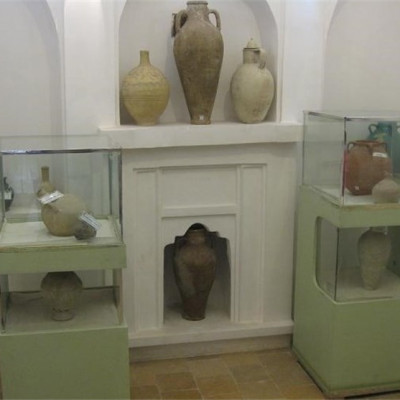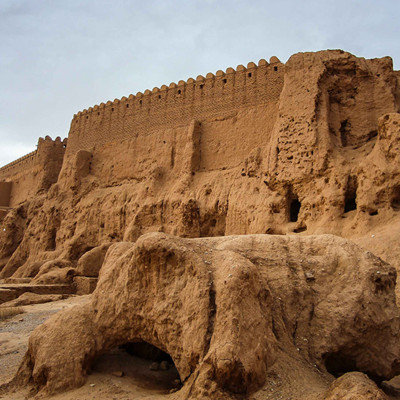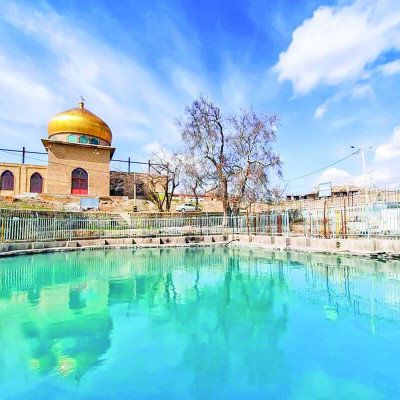
Museum of Bath and History of Farooj
FaroojMuseum of Bath and History of Farooj was inscribed in 1388 SH on the list of Iran National Heritages and, after a while, it started its work as the Museum of History. It is the first museum of Farooj city and its building has more than one hundred and fifty years of antiquity backing to Qajar period. This bath is fallen into the category of Khazineh type, with a simple building and a cemented view. It is stated that the architects of this building were from Yazd who lived in this city.
The bath has an old section and a newer one including Khazineh, changing room, hothouse etc. the hothouse of the bath heated the water of the bath using wood and firewood and later by the black oil. The new section, that had been defined based on the contemporary necessities, includes the individual chambers where the famous figures or women took a bath. The Museum of Farooj has two parts: 1- Sarbineh; starting from the entrance of the bath through some stairs, reaching first to Hashti (corridor) and then to the changing room.
There are three chambers here namely Ostad (master) Hammami, Angur (grape) Chamber and the Chamber of Shirvareh Ceremony. 2- hothouse; that is probably the most beautiful section of the bath, has a high dome roof and skylight on the ceiling. This section also embraces the chambers of tonsorial, grocery, prayer room, archaeology, the fame of Farooj and Khazineh. The medicinal herbs that are grown in Farooj are exhibited in the chamber of grocery. The sculptures of the fame of this land, including Ayatollah Najafi Quchani, along with a summary of their biographies and their honors are presented in the chamber of the fame. Archaeology chamber is dedicated to two subjects: the newly discovered materials from the excavations and the handicrafts of North Khorasan, the province.
North Khorasan had been the passage of different tribes like Kord, Tork, Fars, Kormanj, Torkaman etc., along history, the story of whom are briefly introduced along with their handicrafts in this section. The most important handicrafts of this land is weaving socks that is specially introduced in a part of the museum. The traditional bath brush (Kiseh), local tablecloth, textiles and rugs are other products of this region.


